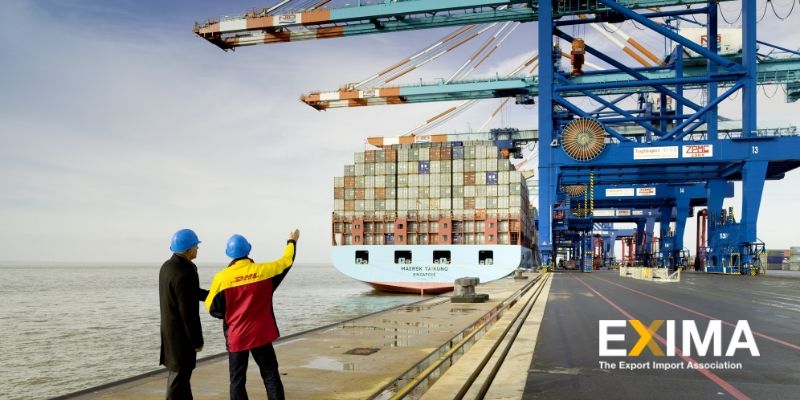2022 is soon coming to an end. However, some freight shipping trends that dominated the year will likely roll over into 2023. While these trends may be uncontrollable, mastering them is critical to developing agility and resilience. With this knowledge, you can navigate challenges in the industry. Some of the trends you should beware of include:
1. High Shipping Rates
2022 has been tight for truckload (TL) and less-than-truckload (LTL) rates. Earlier predictions suggested that inflation and rising demand for capacity, labor shortages, and fuel surcharges could increase shipping rates by up to 5% in 2022. Some experts predicted that LTL rates would rise by 15% in 2022 before dropping at the tail end of the year.
2. Warehouse Management Challenges
Shipping from one warehouse is no longer a viable strategy. Many businesses are launching multiple small warehouses close to their consumers to eliminate long-distance freight shipment delays. This eases product replenishment while enabling in-store pickup.
3. Reduced Truck Production with Advancement Plans in Place
Semiconductor scarcity in China will slow down truck manufacturing and increase sticker prices. The Innovation and Competition Act of June 2021 is pro semiconductor manufacturing, design, and research in the US. This could trigger a change in development. 
4. Modification of Inventory Management and Techniques
Consumer behavior shifts make inventory control difficult. There has been a remarkable increase in eCommerce after the pandemic. Businesses that managed their inventory at the last minute suffered a scarcity of products. Warehouse managers should monitor their inventory management plan to prevent surprises resulting from a shift in consumer behavior.
5. Shortage of Freight Truck Drivers
Various steps are in place to counter the shortage of truck drivers. The Biden administration introduced the truck action plan, which seeks to accelerate the growth of the registered driver apprenticeship program. This will ensure that truck drivers can obtain a commercial license with ease. This plan also suggests enlisting veterans, former inmates, and women to work as competent truck drivers. The truck driver shortage has persisted for years now. As a result, driver turnover has been a top priority for 3PL service providers. These providers can connect you with multiple carriers with reliable drivers.
6. Technology Advances Simplify Freight Shipping
Technology advances in logistics management will ease shipping, making it more data-oriented. Custom ERP (enterprise resource planning) systems, TMS (transportation management systems), user-friendly technology tools, and access to instant data will help entrepreneurs understand their supply chains better. Eventually, they will determine what to adjust to enhance efficiencies and improve cost-savings.
7. Lack of Containers Impacting Shipping Costs
Port congestion and container shortages are still a problem. It began at the onset of 2020 at the peak of the pandemic, which triggered an increase in online shopping. Trucks are stuck awaiting the loading and unloading of their shipments. This standstill situation triggered a container shortage that has remained a problem. As companies use containers for storage and wait for trucks to pick them up, there are fewer containers for shippers who want to ship their products.
2022 has been similar to the previous two years. To combat unpredictability, an experienced 3PL provider can help you manage and solve challenging problems.
Stay Tuned with EXIMA
Want to stay informed on international trade updates and learn how to do business across the globe? Join EXIMA today!









